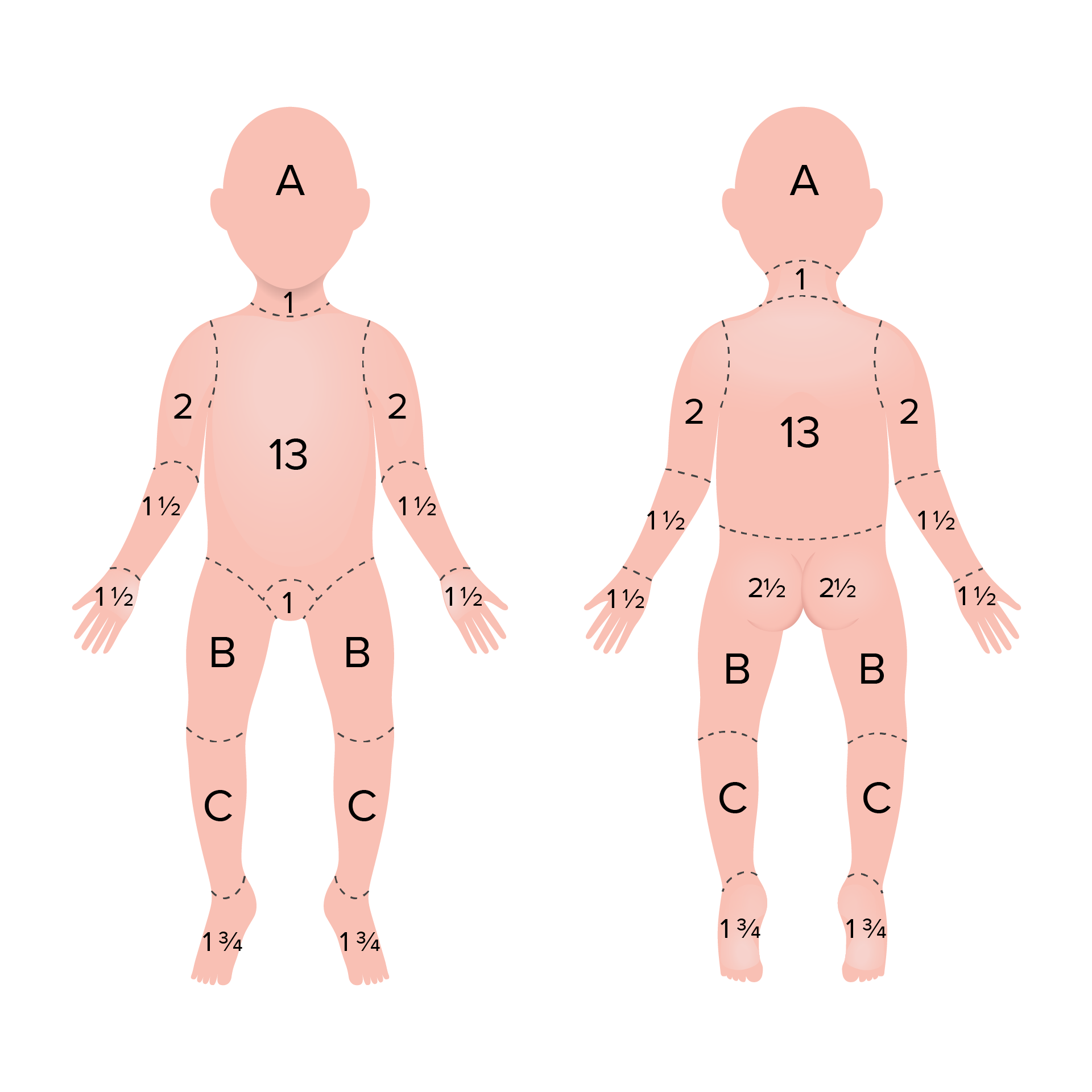Playlist
Show Playlist
Hide Playlist
Circumferential Burns and Cyanide Poisoning
-
Emergency Medicine Burns.pdf
-
Download Lecture Overview
00:01 Alright, aside from fluid losses, there are some other complications associated with burns that you definitely need to be cognizant of in the acute setting, and one of those is circumferential burns. 00:11 So anytime a burn goes all the way around a body part forming a complete circle, the risk is that the eschar from that burn is gonna be inelastic, right? It’s gonna contract down which is what scars do and it’s gonna cause constriction. 00:27 So if it’s in around an extremity, it’ll create sort of a tourniquet-like effect and it can potentially compress nerves or cut off blood supply. 00:34 If it’s around the chest, it can actually impede respiratory movement and as you can imagine around the neck, it can potentially do both. 00:43 It can cause vascular compromise as well as respiratory compromise. 00:47 So it’s really dangerous in that location. 00:50 So anytime you have a circumferential burn that you’re concerned might result in any kind of compressive physiology, you wanna perform an escharotomy which is basically just incision of the burn eschar that allows release of the pressure and normal function of the underlying tissue. 01:09 So it’s a little bit ugly but basically what they’ve done here is this child has circumferential burns around the arm and they’ve actually incised all the way up the burned extremity. 01:21 You can see it on this side of the arm, but they will have gone up the other side of the arm as well. 01:26 And you can see that they’ve gone through the scar and down to healthy viable tissue underneath. 01:31 By splaying open the scar this way, it basically takes pressure off of the underlying tissue and allows normal blood flow and normal nerve function through that extremity. 01:42 This child also has burns of the chest and you can see they’ve performed the same procedure on the chest wall. 01:48 So they’ve basically gone around underneath of the diaphragm, around the outside of the chest, up across the top of the chest, and they’ve actually gone around the back as well. 01:59 So this is gonna enable the chest to expand and contract normally with respiratory motion so that the child can breathe and doesn’t suffer respiratory failure as a result of their burns. 02:11 One other complication to always think about in burn victims is cyanide poisoning. 02:19 So closed-space fires can result in the burning of plastics. 02:25 There’s lots of plastics and carpeting in furniture, especially the upholstery fabric on furnitures. 02:32 And this kind of synthetic compound often releases cyanide gas when burned. 02:38 So people who are inside of closed spaces where there’s fires inhale these fumes and can actually develop cyanide poisoning. 02:46 We should always think about it in any patient who’s in a closed space fire, especially in a residential location where we see the highest concentration of synthetic fabrics and we wanna check lactate levels in these patients. 03:00 If the patient has a significant lactic acidosis, we have to think about the possibility of cyanide poisoning for them, and we wanna treat them empirically with sodium thiosulfate, nitrates, and hydroxocobalamin which are the antidotes for cyanide poisoning. 03:16 Just as a reminder, cyanide is a cellular toxin. 03:19 So what it does is directly inhibit cytochrome oxidase which prevents the normal oxidative phosphorylation of ATP. 03:28 Remember, that’s anaerobic metabolism, right? So we use oxygen to produce ATP. 03:34 This forces the body down an anaerobic pathway which is what produces lactic acidosis. 03:39 So we see the high lactate levels but what the patient is seeing at the cellular level is actually anoxia of the cells. 03:48 Right? The cells can’t produce enough energy to maintain their normal metabolism and it ultimately results in cell death and can result in death of the patient if it’s not recognized and properly treated.
About the Lecture
The lecture Circumferential Burns and Cyanide Poisoning by Julianna Jung, MD, FACEP is from the course Toxicologic and Environmental Emergencies. It contains the following chapters:
- Circumferential Burns
- Cyanide Poisoning
Included Quiz Questions
What is the treatment for circumferential burns?
- Escharotomy
- Fasciotomy
- Skin grafting
- Topical antibiotics
- Hyperbaric oxygen
Which of the following blood test findings in a burn patient is the most likely to indicate the possibility of cyanide poisoning?
- Elevated lactate
- Decreased hemoglobin
- Decreased oxygen saturation
- Elevated WBC count
- Elevated creatinine
Customer reviews
5,0 of 5 stars
| 5 Stars |
|
5 |
| 4 Stars |
|
0 |
| 3 Stars |
|
0 |
| 2 Stars |
|
0 |
| 1 Star |
|
0 |





